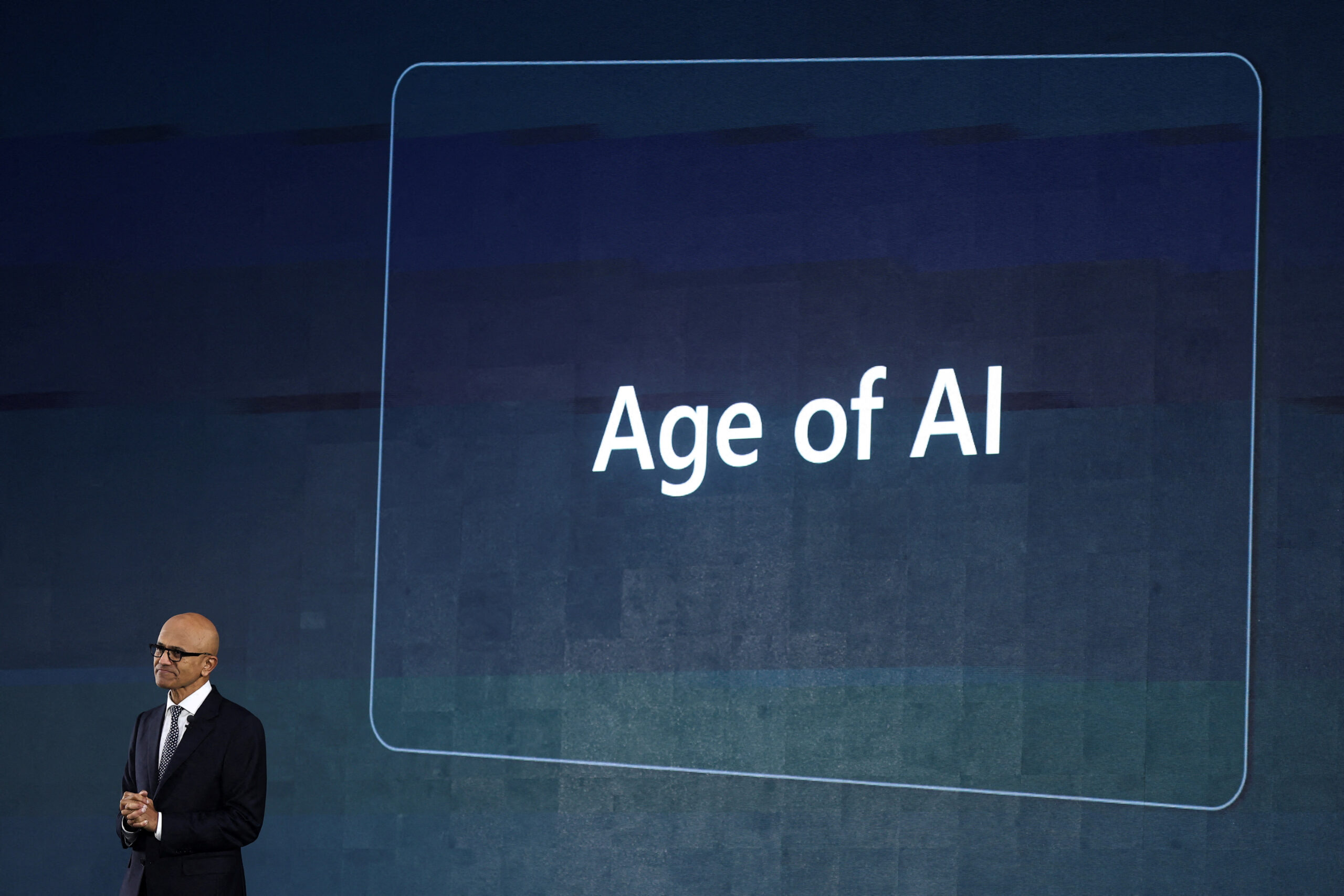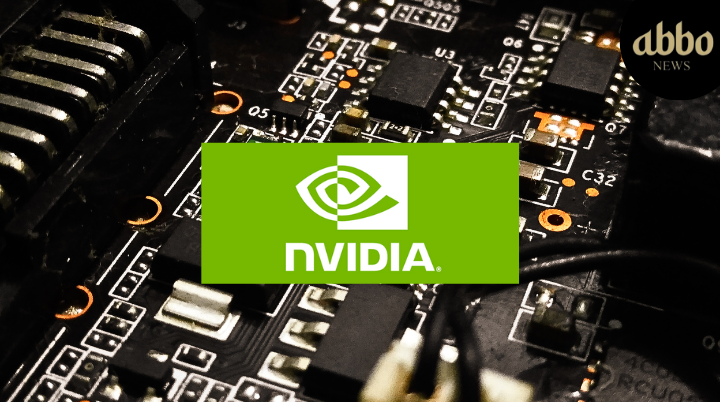On Wednesday, Microsoft (NASDAQ: MSFT) beat Wall Street estimates for first-quarter revenue and profit as efforts to build data-center capacity and AI-driven demand boosted its cloud business.
Azure revenue grew 33%, compared with Visible Alpha estimates for a 32% increase. Artificial intelligence contributed 12 percentage points to Azure’s 33% growth in the quarter, compared with 11 percentage points in the prior three-month period.
Shares of the Redmond, Washington-based company rose about 1% in after-market trading.
“We continue to see more demand than our current capacity. People are signing multi-year deals and committing to a variety of projects in the future, across cloud and AI,” said Brett Iversen, Microsoft’s vice president of investor relations. “The AI opportunity still feels really early.”
Microsoft (NASDAQ: MSFT) expects to more noticeably bring on AI capacity in the second half of the fiscal year, Iversen said. Whether that expansion will address current constraints depends on the growth in demand, he said.
The quarterly earnings are Microsoft’s first since it restructured the way it reports its businesses to align them more closely with how they are managed. That move has, however, made it harder to estimate the quarter’s performance.
Earnings per share stood at $3.30, compared with analysts’ average estimate of $3.10, according to LSEG data.
Revenue rose 16% to $65.6 billion in the fiscal first quarter ended September, compared with analysts’ average estimate of $64.5 billion, according to LSEG.
Microsoft (NASDAQ: MSFT) has been the worst performer among Big Tech names this year, gaining just over 15%, while Meta has surged 68% and Amazon climbed 28%.
Seen as the leader among Big Tech peers in the AI race thanks to its exclusive partnership with ChatGPT maker OpenAI, Microsoft’s Azure customers get access to OpenAI’s cutting-edge AI models.
Microsoft has also been working to infuse OpenAI’s technology across its product portfolio, such as in Azure, Bing, and Microsoft 365, which includes Word, Excel, and PowerPoint. Still, that effort has not gone as well as expected.
The company has said that AI was driving Azure’s market share gains, as it loaded the cloud computing platform with AI features and models – including OpenAI’s newest o1 models, capable of answering challenging math, science, and coding problems.
Microsoft’s rival Google has also benefited from AI growth. On Tuesday, Alphabet (NASDAQ: GOOG) said AI helped drive a 35% surge in its cloud business. Its shares closed up over 2.8% on Wednesday but were flat in after-hours trading.
Microsoft (NASDAQ: MSFT) has been pouring billions into building its AI infrastructure and expanding its data center footprint to ease capacity constraints that have hampered its ability to meet the surge in cloud-computing demand.
The hefty investments have pushed up the company’s capital spending in recent quarters, raising concerns among some investors. The company will spend over $80 billion this fiscal year, which began in July, according to analyst estimates from Visible Alpha. That is an increase of more than $30 billion from its last fiscal year.
For the quarter, Microsoft said capital expenditures rose 5.3% to $20 billion, compared with $19 billion in the previous quarter. That was higher than Visible Alpha estimates of $19.23 billion.
Outside its cloud business, Microsoft reported revenue of $28.3 billion in its productivity business, which houses its Office suite of applications, 365 Copilot, and its AI and speech-technology services.
Microsoft’s personal-computing unit, home to its Windows operating system as well as devices including Surface and gaming products including Xbox hardware, content, and services, reported a 17% rise in revenue to $13.2 billion.
(Source: Reuters)
Latest News on Microsoft (MSFT) Stock
Edward Cooke is a financial analyst, freelance writer, and editor. He has six years of experience in financial journalism. He has an in-depth understanding of equities markets, tracking major indices and providing real-time analysis on stock price movements, corporate earnings, and market sentiment. Read Full Bio










